This beast wasn’t just big—it was prehistoric in scale.
The largest Nile crocodile ever recorded didn’t just break records. It shattered expectations. With a body like a tank and jaws that could crush bone, this reptile looked like it had crawled straight out of the dinosaur age.
People didn’t just see it—they felt it.
Villagers whispered about it. Scientists measured it. Wildlife experts had to step back and catch their breath. And when the full story came out, jaws weren’t the only things dropping.
This isn’t just about size—it’s about survival, legend, and the raw power of nature in its oldest, scariest form.
Discovery of the Giant
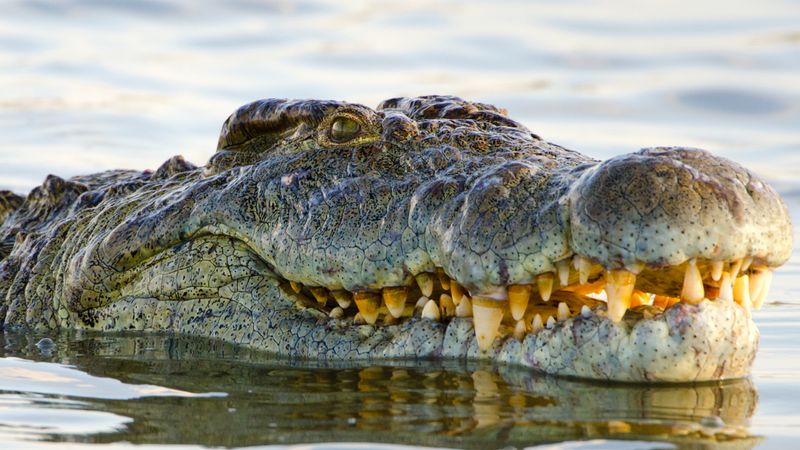
The discovery of the largest Nile crocodile was nothing short of extraordinary. A group of explorers stumbled upon this colossal beast during an expedition in the African wilderness. With a size that defied imagination, it left the team awestruck.
This particular crocodile was concealed in a secluded riverbank, blending seamlessly with its surroundings. Its sheer size, coupled with its stealthy nature, made it a master of camouflage.
The finding captivated scientists and sparked curiosity worldwide, leading to further investigations into the habits and habitats of these mighty reptiles.
Measurements and Record

Measuring the largest Nile crocodile proved to be a challenging task. Experts meticulously documented its length and weight, revealing a creature that stretched over 20 feet and weighed nearly a ton.
These measurements set new records in the zoological community, placing this crocodile among the largest reptiles ever recorded. Such a size required careful handling and precise techniques to ensure accurate results.
The data gathered provided invaluable insights into the growth potential and age of these reptiles, contributing significantly to scientific research and conservation efforts.
Habitat and Environment
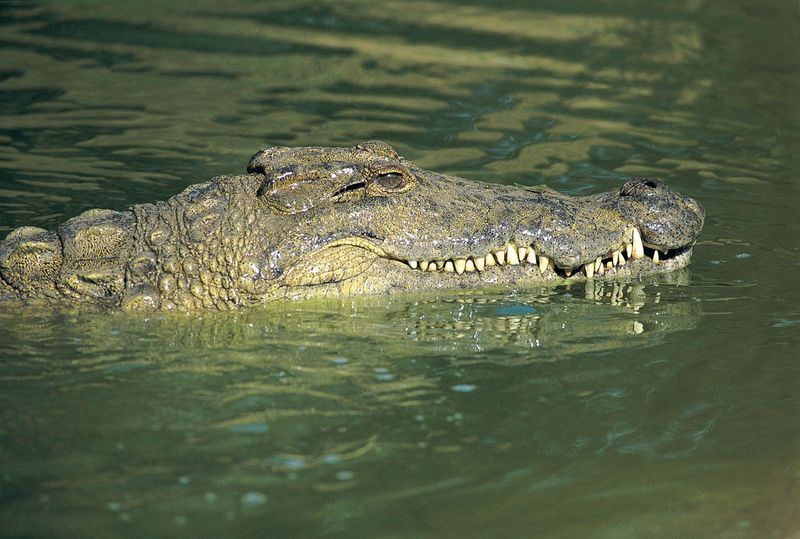
The habitat of the largest Nile crocodile is as intriguing as the creature itself. Found in a remote African river, this environment offers abundant resources and ideal conditions for growth.
The diverse ecosystem supports a rich variety of flora and fauna, creating a perfect sanctuary for a giant predator. The river’s calm waters and dense vegetation provide both shelter and hunting grounds.
Understanding this habitat is crucial for conservation efforts, highlighting the delicate balance required to maintain such a unique ecosystem where these giant reptiles can thrive.
Unique Characteristics
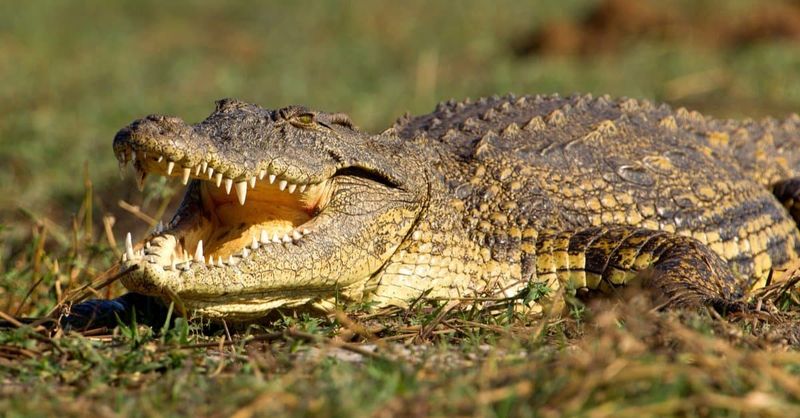
The largest Nile crocodile boasted unique characteristics that set it apart from others. Its massive jaws and powerful build were a testament to its predatory prowess.
The crocodile’s skin, adorned with intricate patterns, shimmered under the sunlight, adding to its majestic appearance. Despite its formidable presence, it possessed an undeniable elegance.
These features not only enhanced its hunting abilities but also fascinated biologists studying evolutionary adaptations. The crocodile’s resilience and adaptability serve as a reminder of nature’s incredible diversity and complexity.
Conservation Efforts
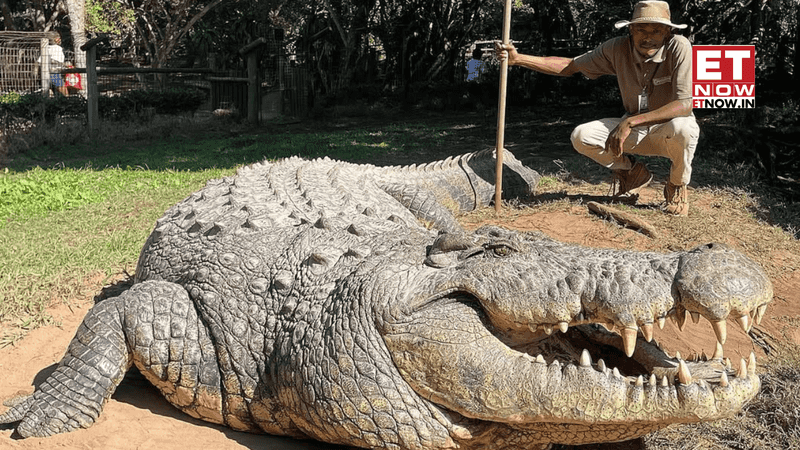
Conserving the largest Nile crocodile and its habitat is paramount. Dedicated conservationists have implemented strategies to protect these magnificent creatures from threats like habitat loss and poaching.
Collaborative efforts between local communities and international organizations focus on sustainable practices and education. By promoting awareness, they aim to foster coexistence between humans and crocodiles.
These initiatives have seen success, contributing to the preservation of not only the largest specimen but the entire species, ensuring future generations can witness these awe-inspiring reptiles in their natural habitat.
Historical Significance

The Nile crocodile holds historical significance, revered by ancient civilizations for its might and mystery. In ancient Egypt, it was worshipped as a symbol of power and fertility, reflecting the crocodile’s influential role in their culture.
Artifacts and hieroglyphics depict these reptiles, highlighting their importance in mythology and daily life. Such reverence underscores the deep connection between humans and crocodiles throughout history.
Exploring these historical ties provides a richer understanding of human-animal relationships and the enduring legacy of the Nile crocodile in cultural and spiritual contexts.
Legends and Myths
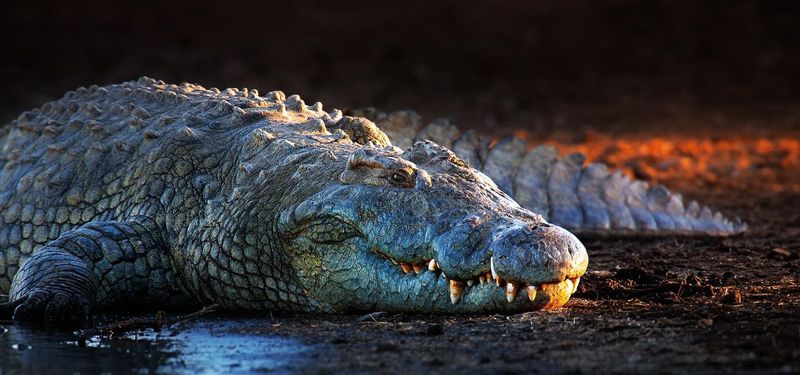
Legends and myths surrounding the largest Nile crocodile are as enthralling as the creature itself. Stories of colossal crocodiles have been passed down through generations, often exaggerating their size and strength.
Such tales captivate audiences, blending fact with fiction to create mesmerizing narratives. These myths serve as cultural touchstones, reflecting human fascination with the unknown.
While some stories may stretch the truth, they highlight the crocodile’s enigmatic allure and its impact on folklore. Delving into these legends offers insight into the creativity and imagination inspired by these magnificent reptiles.
Local Folklore Surrounding the Crocodile
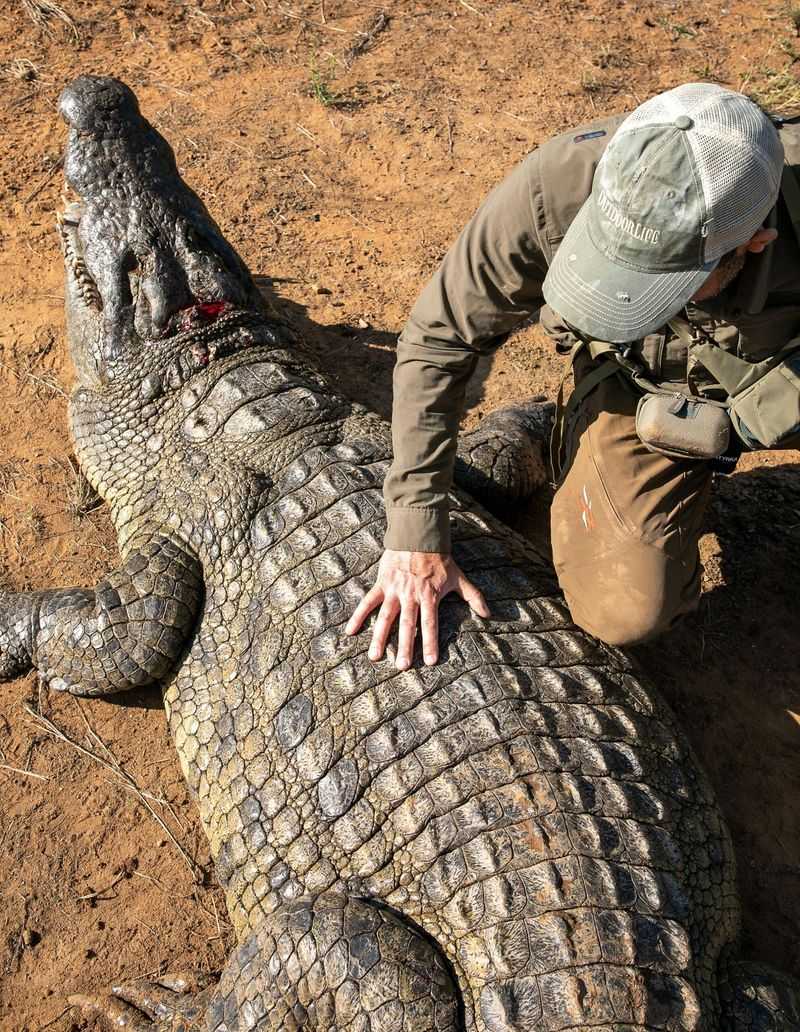
In the heart of Tanzania, local legends swirl around the largest Nile crocodile. Elders recount tales of a creature that once ruled the waters, feared and revered by tribes.
Stories speak of a time when the crocodile was a guardian, watching over the rivers and its people. “The spirit of the river,” they say, “takes the form of this magnificent beast.”
These narratives, passed down through generations, capture the cultural bond between the inhabitants and this formidable reptile. Though mythical, these stories reflect a deep-seated respect for nature and its wonders.
Scientific Expeditions and Discoveries
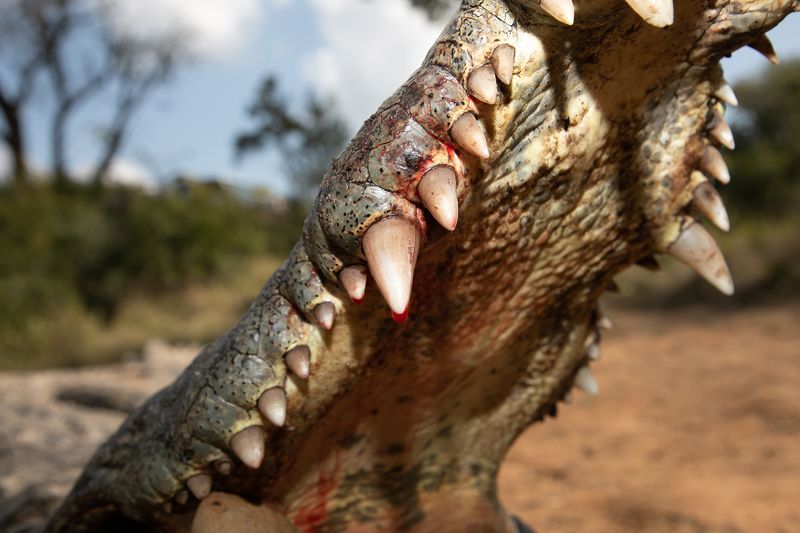
Scientific expeditions in Tanzania have unveiled remarkable insights into the largest Nile crocodile’s behavior. Researchers, armed with modern technology, track its movements across vast territories.
These studies reveal the crocodile’s hunting prowess and territorial instincts, painting a picture of a creature in perfect harmony with its environment.
Imagine a team setting traps and using drones to gather data, all contributing to a broader understanding of this apex predator. This research not only highlights the crocodile’s dominance but also its vital role in maintaining the ecological balance of its habitat.
Cultural Impact and Symbolism
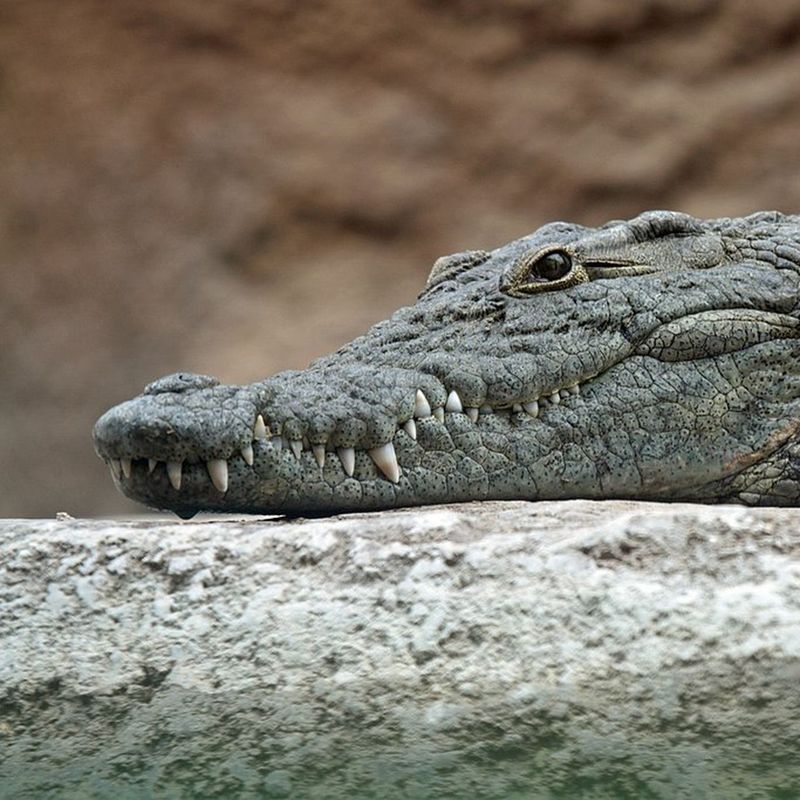
The Nile crocodile transcends its role as a mere animal in Tanzania; it is a cultural symbol. In vibrant murals and art, it represents strength, resilience, and survival.
Tanzanian artists celebrate the crocodile through intricate designs, using bold colors and patterns. This cultural iconography elevates the crocodile beyond its physical presence, embodying the spirit of endurance revered by the community.
Such symbolic interpretations foster a collective identity, linking the crocodile’s attributes to the people’s values. It stands as a testament to the intertwined relationship between humans and nature.

